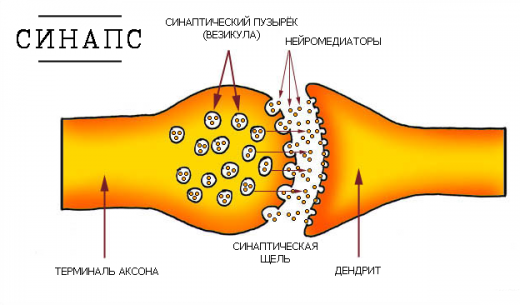The bad sits in the head much better. The brain pays more attention to it because the self-defense function works. Our distant ancestors had to be especially vigilant in order to survive. But at the moment, excessive vigilance is more likely to harm than help.
Fortunately, there is an opportunity to break out of this vicious circle of negative addiction. We are able to independently reprogram our brain and set it up for high productivity and positive thoughts.
Let's remember what it's like to play the classic game "Tetris". The main task in the game is to place the falling figures as compactly as possible, trying to avoid the formation of voids. Have you noticed that we are guided by the same principle in life: ordering shelves, parking or packing a suitcase? Our brain keeps playing the game.
Robert Stickgold, professor of psychiatry at Harvard University Medical School, has conducted numerous studies on this issue. He instructed a group of students of various levels to play Tetris, and then go to bed.
More than 60% of the study participants (even those who suffered from amnesia) admitted that they had dreams as if they were continuing to play the game: lowering and turning the pieces, lining them up in a row. That is, the brain continued to play "Tetris".

Later in 2009, Stickgold conducted other studies and revealed that Tetris is able to develop the brain and make its work more efficient. Teenage girls played the game for an average of 1.5 hours a week for three months. As a result, the amount of gray matter in the brain has increased, while brain activity decreases over time.
Professor Richard Haier from the University of California at Irvine (UC Irvine) identified the "Tetris effect" back in 1992. Following it, when the player's skill increases (after some time), the brain begins to spend less energy on performing the same task. That is, the brain identifies which areas can not be used. The more experience, the more actions in the game are performed "on the machine".
Neurons (nerve cells) are interconnected by means of contact connections — synapses. When we learn something, the connection between neurons occurs faster and faster each time, forming "tracks". The more and more often we use our brain, the more effective and stronger the connection between neurons becomes, and the brain remains clear and in constant combat readiness.
When you perform specific tasks over and over again, the brain spends less and less energy on their implementation. It's great, isn't it? This gives an amazing opportunity to change your behavior for the better.
Since the brain is so plastic, why not train it to create patterns of positive thinking? When we strive for the positive, think more about it and learn, we naturally struggle with the habit of the brain to look for the negative in everything.
So, the American psychologist and speaker Sean Achor proves the positive effect of
"By training the brain as well as the body, it is possible to make happiness not just a random, short-term state, but to consolidate the habit of being happy: to get the opportunity to see more, feel more energy and achieve success at a higher level."
Once we have laid a positive synaptic path in our brain, we "walk" along it hundreds and hundreds of times, faster and easier. Here is an example of one such happy pattern:

The most beautiful thing about everything is that the effect of such training is long-term. The more often and for longer you train your brain to be positive, the happier you are (no matter how snotty it may sound). This is how to learn foreign languages. At first everything seems terrible and impossible, but the more you study, the easier and more handy it becomes for you.
Now let's move on to practice:) In what way, or rather, ways to train the brain for a positive? Let's go:
At the end of each day, remember three positive things that happened to you during the day, and also think about why they happened. Anything can be good: meeting a good friend, a "thank you" from a colleague, a beautiful sunset… Small victories are the key to great motivation and joy. By writing down (or at least remembering) positive moments every day, you will feel better and better, get more and more positive.
Don't be afraid to thank the person who has given you absolutely any help! Let them know that you notice it and appreciate it. You can say "thank you" to both a loved one and a work acquaintance. And it will take a second! You can send 1 virtual thank you per day. It may be your first math teacher or a former colleague, it doesn't matter. Show courage, say "thank you" and tune in to a positive mood. Every day!
Do something good every day. Every act of kindness increases your happiness level. To take a break from routine for a while and do something small, but a very significant good deed - to give someone a smile, treat them with a cup of coffee — is a simple and effective method to feel much happier. Such small joys will pull you out of the loop of negativity every day.
Being attentive to yourself is not forbidden. Conversely. Thinking in a negative way only narrows our consciousness. While its opening and expansion gives more confidence and happiness. Meditation has been proven to increase the volume of gray matter in the hippocampus — the area of the brain responsible for learning, memory and emotions, as well as the reduction of the amygdala — our main source of stress and anxiety.